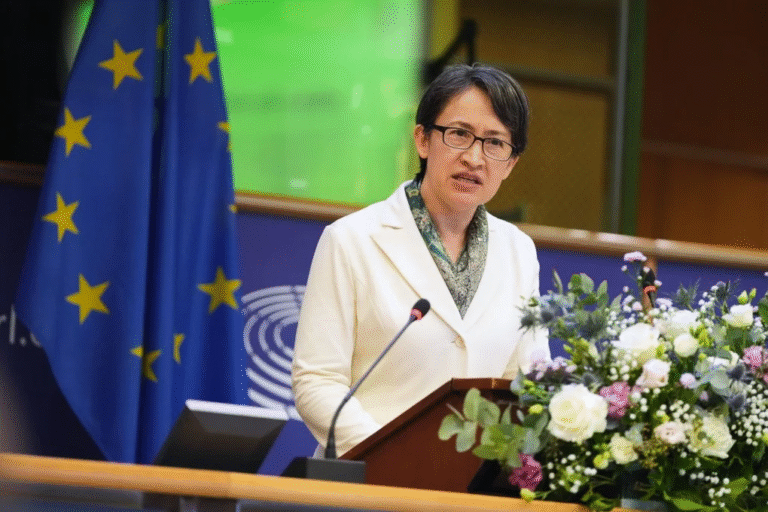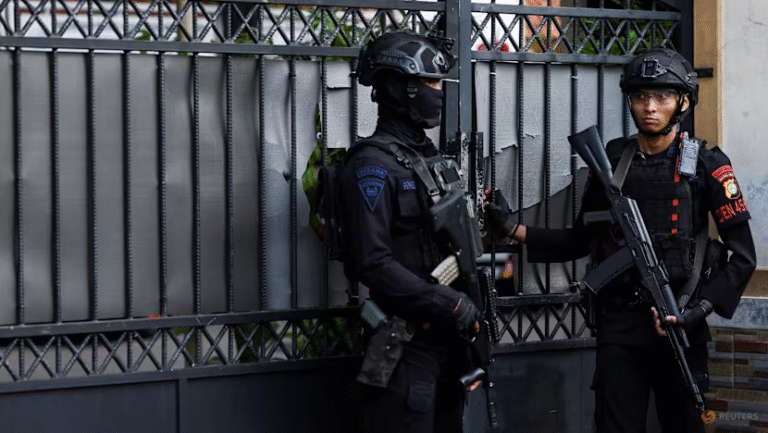
Tracking Conflict in the Asia-Pacific Region
The Asia-Pacific region has seen rising tensions and conflicts in recent years, impacting international relations and security. Key areas of concern include the South China Sea, North Korea, and Taiwan.
In the South China Sea, territorial disputes involve China, Vietnam, the Philippines, and other nations. China’s aggressive actions, such as building military installations on artificial islands, have raised alarms among neighboring countries and the United States. Diplomatic efforts continue, but the situation remains tense.
North Korea’s nuclear program poses another significant threat. Despite various talks aimed at denuclearization, the country continues to test missiles, raising concerns about regional stability. The international community remains divided on how to address this issue effectively.
Taiwan is also a focal point of conflict. China views Taiwan as a breakaway province and has increased military pressure in the area. The U.S. has reaffirmed its commitment to Taiwan, leading to heightened tensions between the two superpowers.
As these conflicts evolve, they will shape the future of the Asia-Pacific region and influence global dynamics. Monitoring these developments is essential for understanding the broader implications for peace and security.
The Asia-Pacific region has seen rising tensions and conflicts in recent years, impacting international relations and security. Key areas of concern include the South China Sea, North Korea, and Taiwan.
In the South China Sea, territorial disputes involve China, Vietnam, the Philippines, and other nations. China’s aggressive actions, such as building military installations on artificial islands, have raised alarms among neighboring countries and the United States. Diplomatic efforts continue, but the situation remains tense.
North Korea’s nuclear program poses another significant threat. Despite various talks aimed at denuclearization, the country continues to test missiles, raising concerns about regional stability. The international community remains divided on how to address this issue effectively.
Taiwan is also a focal point of conflict. China views Taiwan as a breakaway province and has increased military pressure in the area. The U.S. has reaffirmed its commitment to Taiwan, leading to heightened tensions between the two superpowers.
As these conflicts evolve, they will shape the future of the Asia-Pacific region and influence global dynamics. Monitoring these developments is essential for understanding the broader implications for peace and security.
Myanmar: Civilians subject to increased deadly airstrikes in Magway and Mandalay regions
Fatalities from military airstrikes significantly increased in March. The military’s escalation was most felt in the Magway region, which recorded more than triple the number of airstrikes compared to February; and in the Mandalay region, which recorded the highest number of reported fatalities among all states and regions. ACLED recorded around 250 airstrike events carried out by the military in March, with one-third of these occurring in the Magway and Mandalay regions.
The recent increase in airstrikes in Magway is likely aimed at countering the Arakan Army’s offensives, which have targeted military weapons facilities in Magway and Bago regions. Last month, the Arakan Army inflicted heavy casualties on the military, including over 100 reported fatalities, during the capture of a telecommunications tower outpost in Ngape township, Magway region. During one junta airstrike on March 22, 11 civilians — including a doctor, his pregnant wife, and a nurse — were killed in Gangaw township.
In the Mandalay region, the military carried out targeted strikes on resistance-controlled areas. In the deadliest strike of the month, on March 14 the military dropped bombs on a crowded market on the Mogoke-Mandalay road in Singu township, which is under the control of the Mandalay People’s Defense Force and allied resistance groups, killing at least 27 civilians including six children.
Despite the devastating 7.7 magnitude earthquake on March 28 that caused widespread destruction and killed over 3,000 people, the military has blocked aid and rescuers from entering areas they do not fully control in Sagaing and Mandalay regions, requiring permits to prevent medicine from reaching resistance-controlled areas.
Between March 28 and 31, the military conducted 17 more airstrikes, relentlessly continuing their attacks despite the widespread earthquake devastation and the desperate need for emergency relief. On April 2, the military announced a unilateral temporary ceasefire for three weeks, with several other armed groups also announcing similar ceasefires before and after the military’s announcement. However, the military quickly broke the ceasefire, conducting airstrikes in at least five locations, including Indaw township in quake-hit Sagaing region, the following day.





